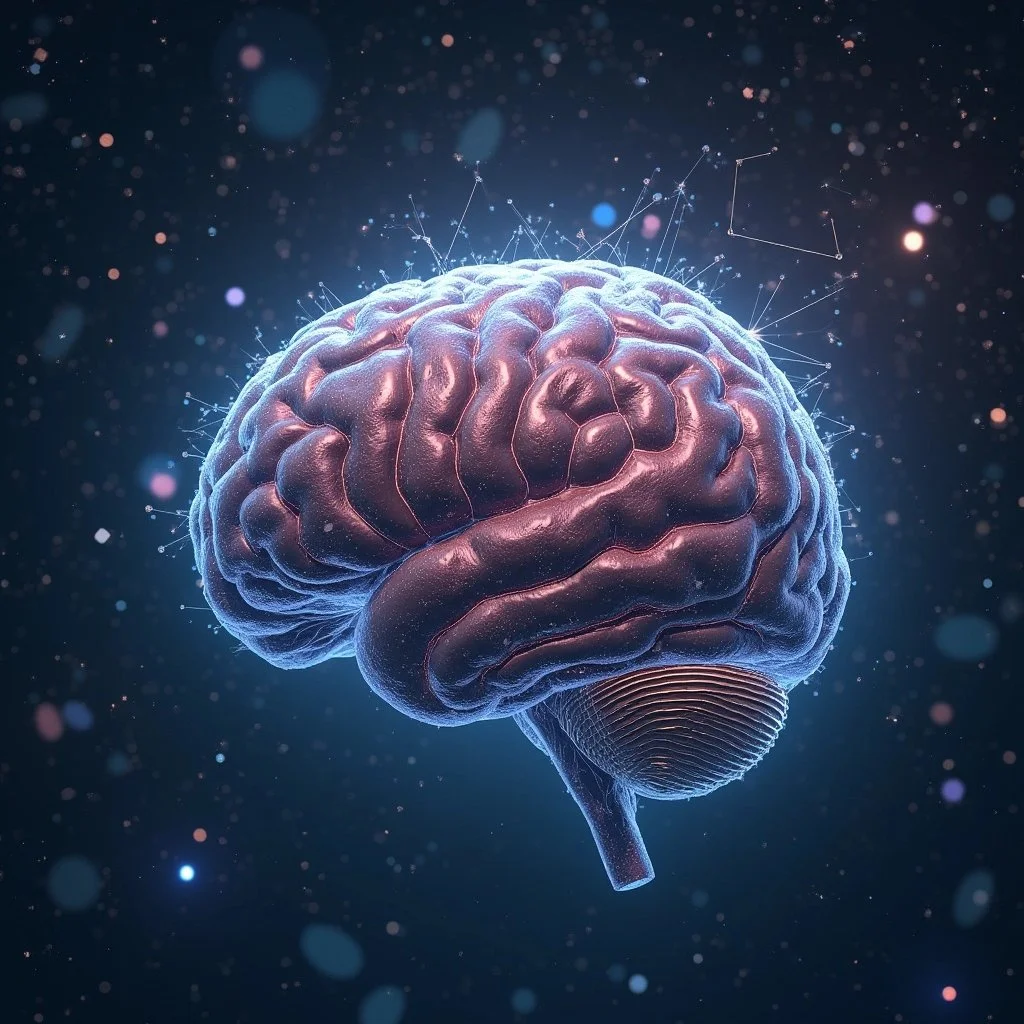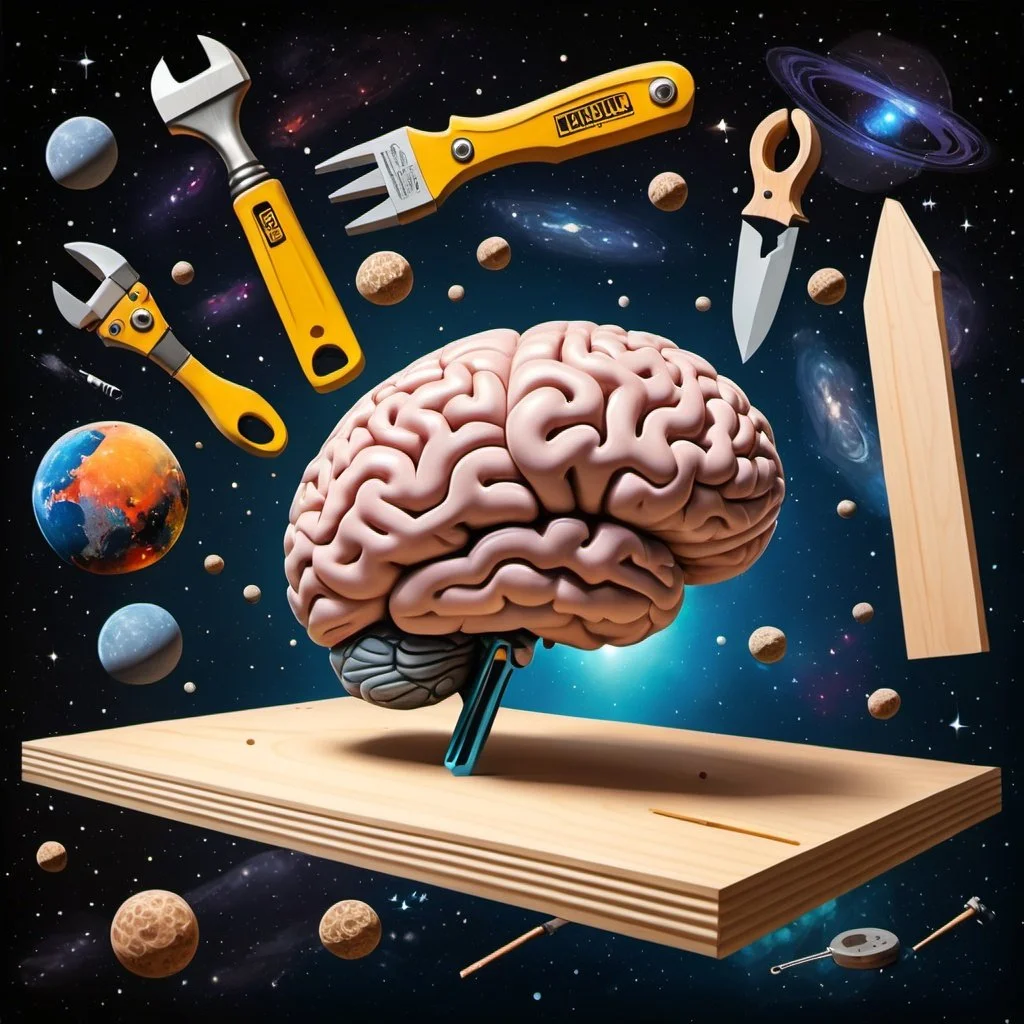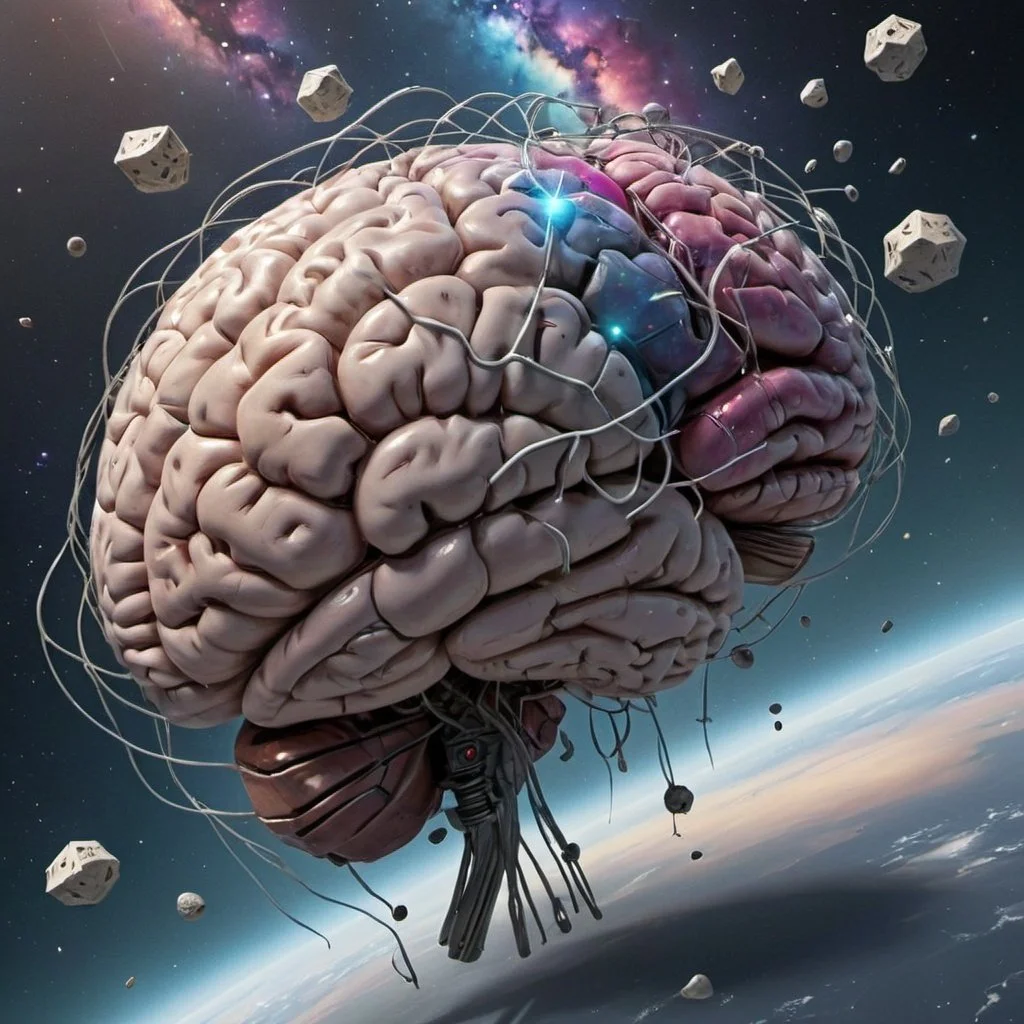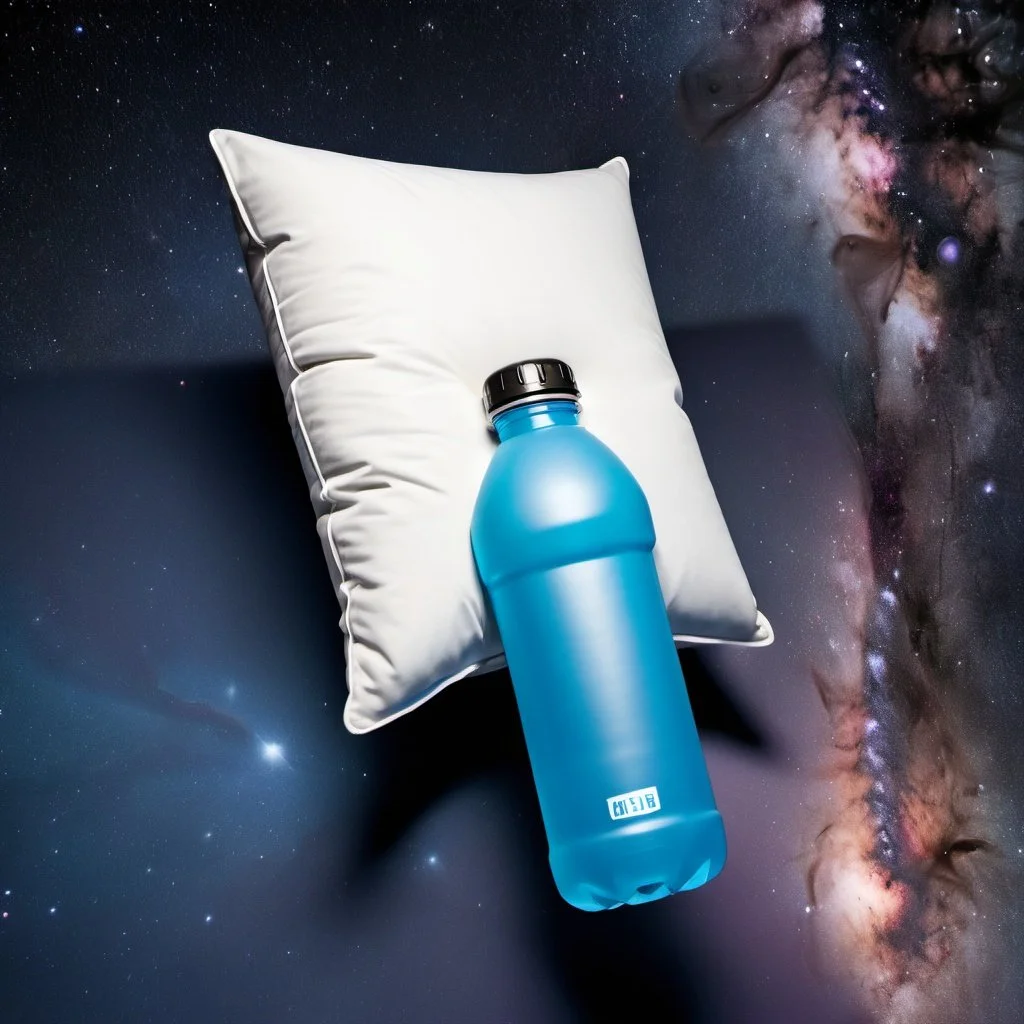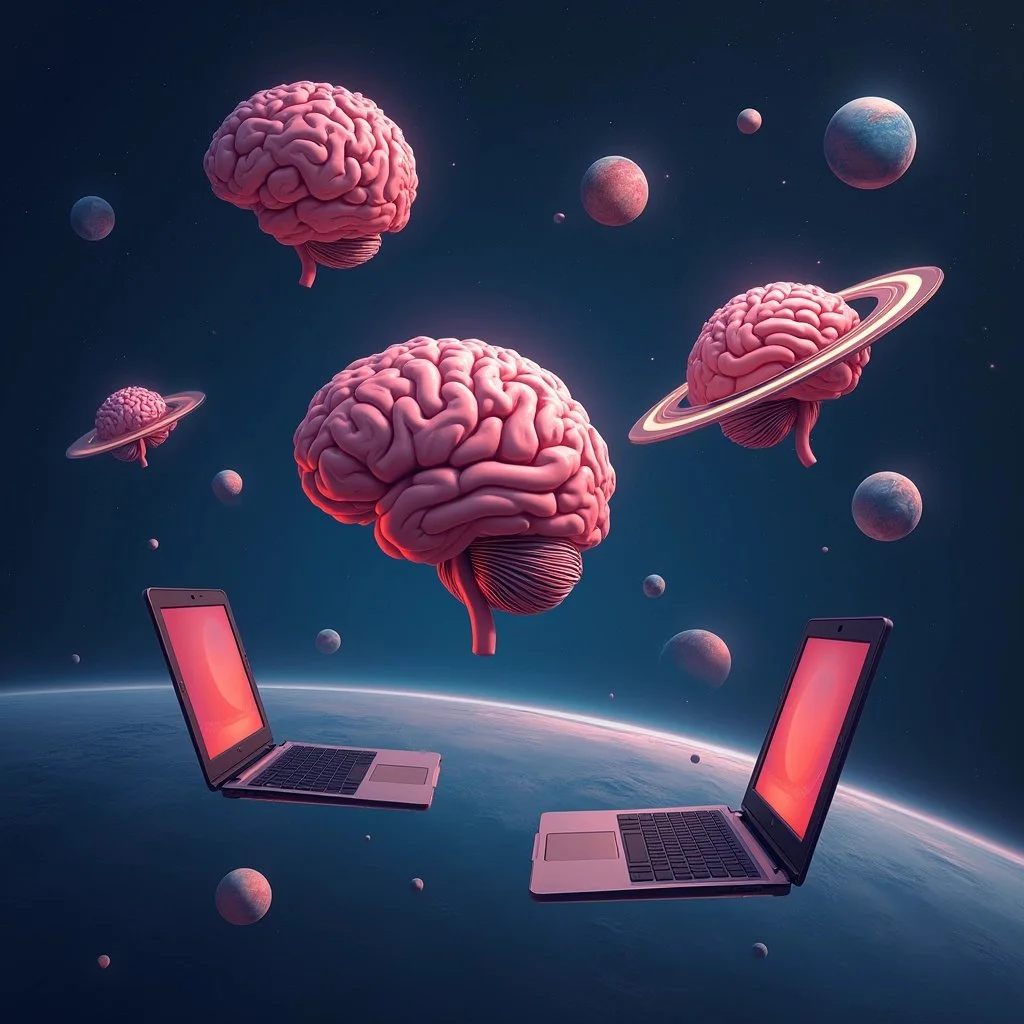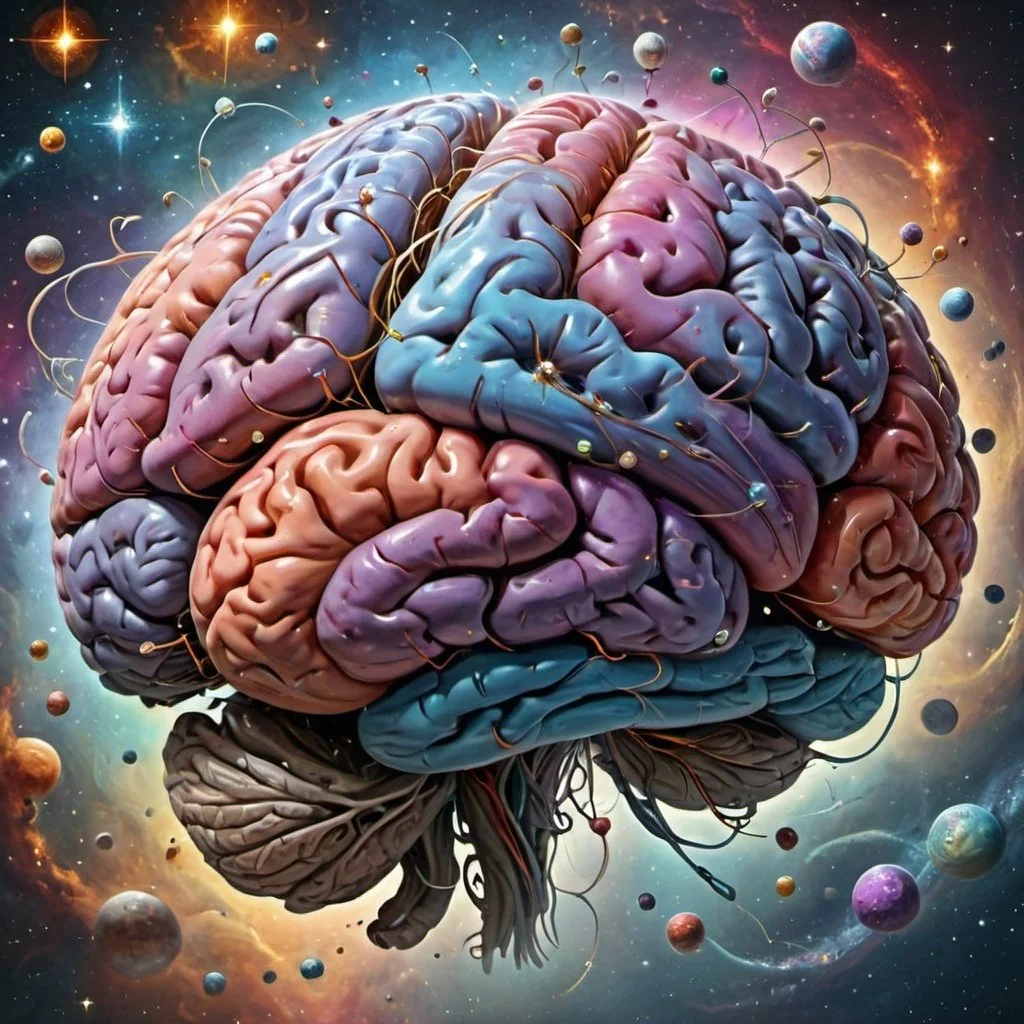The Neuroscience of Engagement
An EngagementLab Fact Sheet: How We Design Learning That Works
EEG
Engaging, Effective, Grounded.
At Engagement Lab, we use research-backed neuroscientific engagement principles to design learning experiences that are engaging, effective, and grounded for each learner.
Key Regions of the Brain for Learning
Responsible for critical thinking, problem-solving, and sensory processing—the foundation of higher learning.
Pre-frontal Cortex
Governs emotion regulation, which significantly impacts memory formation and decision-making abilities.
Amygdala
Essential for memory formation and knowledge retention—turning short-term knowledge into long-term learning.
Hippocampus
What the research has taught us (in a nutshell).
1.
Every Brain Learns Differently
No two learners process information the same way. Genetics, experiences, and environment shape learning on an individual level. This means we must adapt teaching strategies to meet diverse learning needs.
Our brains are plastic! Neuroplasticity means that every time we learn, we physically change our brain structure. Strengthening neural pathways requires repetition, active engagement, and real-world application.
Emotions Play a Role in Learning
5.
Emotions are not just side effects of learning—they directly impact attention, memory, and motivation. When learners feel safe, supported, and interested, their brains become more receptive to learning.
Stress and Anxiety – High stress can impair memory and focus, activating the amygdala in a way that prioritizes survival over learning.
Positive Emotions – Excitement, curiosity, and relevance enhance dopamine release, improving engagement and retention.
Psychological Safety – Learners need to feel safe to take risks, ask questions, and engage deeply with content.
The Brain Builds on What It Knows
2.
Learning Physically Reshapes the Brain
3.
Prior knowledge acts as a scaffold for new learning. The brain connects new information to what we already know. If learners lack an anchor, we must create one through storytelling, real-world examples, or interactive experiences.
Attention & Memory Are Essential
4.
Without attention, there is no learning. Without memory, learning doesn’t last. The brain’s key players in engagement include:
Hippocampus – The memory center, critical for storing and retrieving information.
Prefrontal Cortex – Responsible for problem-solving, critical thinking, and decision-making.
Amygdala – Regulates emotions and motivation, which influence learning.
Learning Doesn’t Work When You’re Hungry
6.
The brain requires glucose, oxygen, and hydration to function optimally. Cognitive function declines when learners are hungry, tired, or dehydrated, leading to reduced focus and memory retention, slower processing speed, and increased fatigue and distraction. Research shows that learners who eat balanced meals and stay hydrated perform better on cognitive tasks.
Neuroscience-Based Strategies for Effective Learning
How do we translate brain science into high-impact learning experiences?
-
Our brains are wired to notice novelty, storytelling, and experiences that release dopamine and other neurotransmitters. To maintain attention:
Use interactive multimedia (videos, simulations, gamification).
Design rewards systems that activate the brain's natural motivation pathways, making learning more satisfying and engaging.
Incorporate storytelling to make content relatable.
Create varied learning formats to keep learners engaged.
-
Chunking – Breaking complex topics into smaller, digestible pieces.
Spaced Repetition – Revisiting concepts over time to strengthen retention.
Retrieval Practice – Encouraging learners to recall information instead of passively reviewing it.
-
When learners believe their abilities can improve, they engage more deeply. To foster a growth mindset:
Normalize mistakes as part of learning.
Provide timely, constructive feedback.
Promote self-reflection and goal-setting.
-
Hands-on activities, problem-solving, and real-world applications strengthen neural connections more effectively than passive learning. Effective strategies include:
Case studies & problem-based learning.
Simulations & hands-on practice.
Collaborative learning through discussions and peer activities.
-
Research shows that learners who eat balanced meals and stay hydrated perform better on cognitive tasks. While educators don’t control learners' diets, they can:
Allow the learner space to evaluate their current state before beginning a learning experience.
Encourage breaks for food and hydration during long training sessions.
Design schedules that account for energy levels (e.g., avoiding cognitively demanding tasks right before lunch).
Consider snack breaks in intensive learning environments to boost mental clarity.

